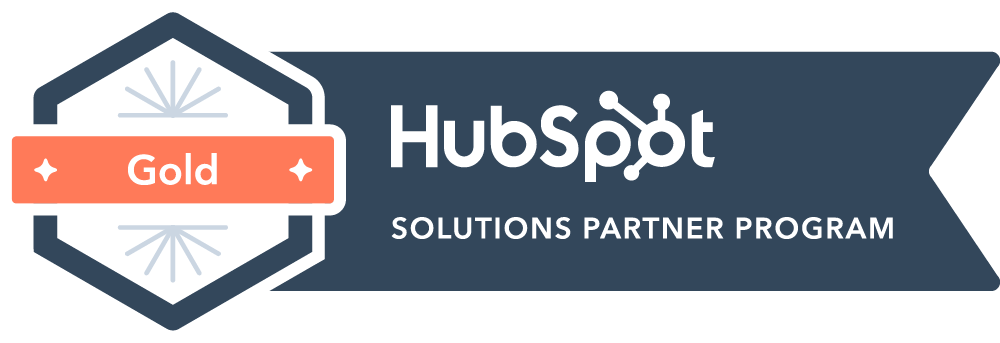5 Best Practices for Managing Interdisciplinary Teams
Table of contents
As a manager or executive within your company, you're accustomed to working with teams inside and outside your area of expertise. Without this wide array of knowledge, it would be nearly impossible to accomplish complex projects quickly. While these interdisciplinary teams are the backbone of a successful project or campaign, the management of these teams can pose unique challenges. Here we offer five suggestions for interdisciplinary team management to help you build a happy, productive team that drives timely, collaborative results!
Know what you don't know.
The 'fake it till you make it' adage goes out the window when it comes to your internal team. To quickly address obstacles, it's essential to know each of your team member’s strengths and weaknesses. While collaboration is always welcome, it's critical to identify the expert associated with any particular task. You've built the team around you because of their unique skill sets; now you need to trust them to complete the task with that expertise!
Aim to understand.
Difference of opinions boosts team creativity and provides an opportunity to learn, while also unfortunately sometimes causing tension which can delay project development or completion. However, approaching these situations with a genuine aim to understand can help to ensure team morale and collaboration remain high!
When two team members propose alternative solutions and both have the same area of expertise, dive into the why behind the proposal. Understanding the research and reasoning behind the proposed solution and checking their alignment with the broader project goals will form a well-supported path.
Communicate expectations.
While too much communication may hinder project timelines, clear communication is essential throughout the process. Think of a time you've been underwhelmed or dissatisfied with a deliverable from your team. Did you clearly communicate that expectation to that team member? Do you have a process in place to ensure both you and your teammate's understanding of expectations are aligned?
We've all played the game of telephone, but the reality is that it's not just spoken word that can be misconstrued in today's digital world. So, if you feel you've clearly outlined your expectations via email, schedule a quick virtual meeting to ensure your team member understands why you gave the feedback. Define action items and next steps, and allow time for questions or further clarification. These quick touch points allow for further collaboration and creativity while keeping timelines on track.
Don't be afraid to touch base, respectfully.
We are all guilty of losing track of an email or two and surely appreciate a gentle nudge or friendly reminder. In a world that continues to elevate transparency and honesty, our internal and external communications should be held to the same standard.
In a leadership role, your ability to pivot and adjust is paramount, but anticipating those needs can be difficult. So, when you're following up with your team, provide the level of urgency, potential implications, and ways in which you can help.
If you miss a deadline, provide a roadmap to get the project back on track. Identify the bottlenecks in the timeline, reallocate resources as needed, and provide an updated timeline. This level of transparency provides yet another opportunity for collaboration and creativity. Allow your team to contribute their thoughts as you brainstorm potential solutions. This type of collaborative feedback loop will minimize future missed deadlines.
Understand your team's individual preferences from the get-go.
We are unique individuals with personal preferences, and we wouldn't have it any other way! Therefore, understanding how your team members prefer to communicate and collaborate is essential. As you set a standard for your team, ensure your solution is flexible enough to accommodate those unique preferences. For example, some colleagues prefer to join day-to-day meetings by phone, some by video. Others want urgent communication via text messages rather than email. Ask your team to share their preferences, touch base routinely to ensure they're up to date, and accommodate as much as possible. If you can’t accomplish anything without communication, you might as well make it easy.
While some projects can seem an overwhelming challenge, a well-honed interdisciplinary team can make the impossible possible. A shared level of respect, transparency, and personalization will help your team complete projects on time with exceptional results—primed for successful projects to come!

With over a decade of experience in healthcare, Emily spent the last several years as a Marketing + Product Director with an accessibility-focused medical device start-up company, managing an interdisciplinary team in a highly regulated industry. Her passion and focus stem from a collective and joined empathy toward the patients her clients serve. Emily is responsible for ensuring clients achieve results on time and above expectations!
Search





.svg)
.svg)




